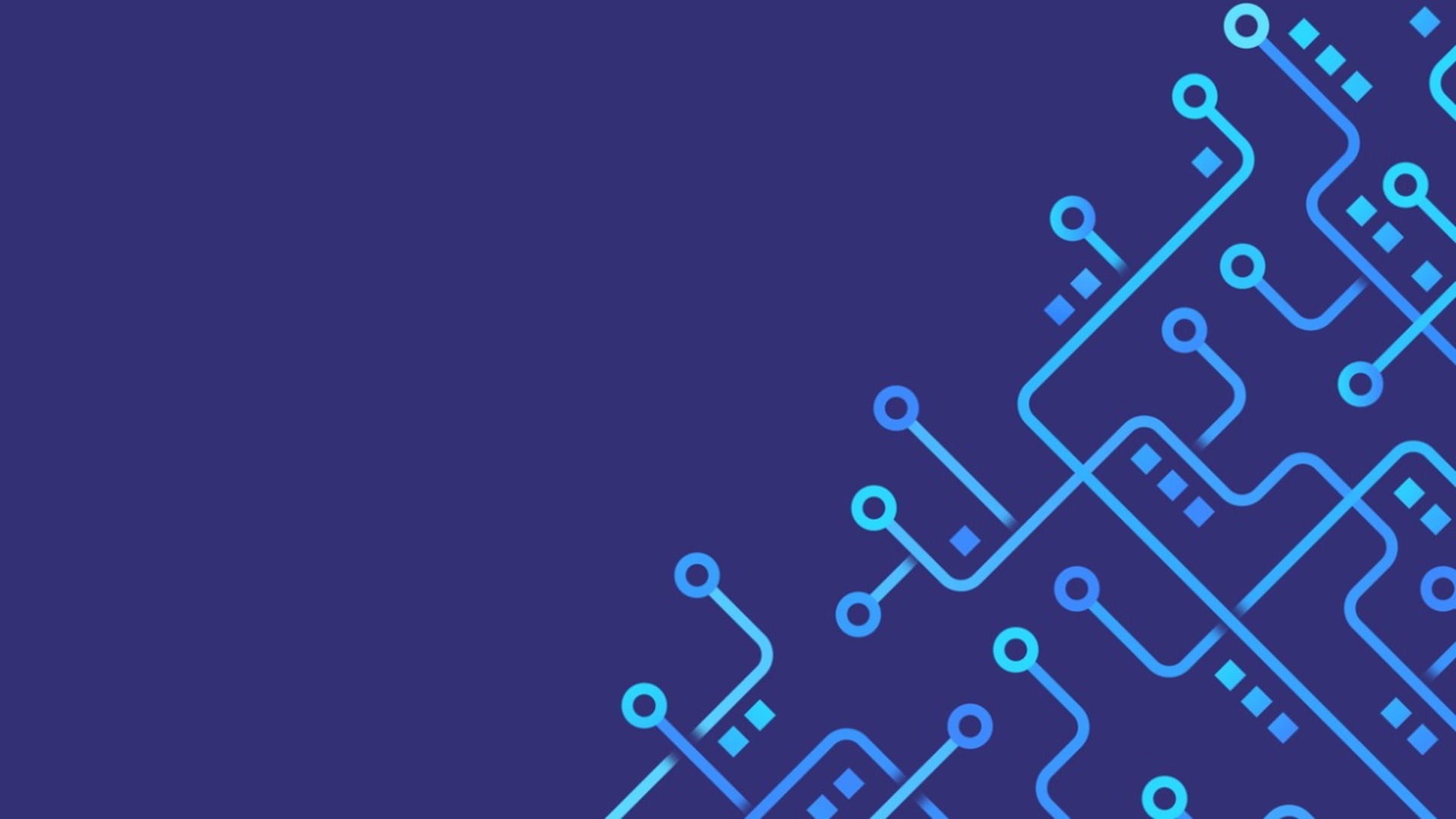Today, I want to talk to you about a term that’s been buzzing around the tech world: cloud observability. As software developers, project managers, and product owners, we’re all familiar with monitoring our applications and services for errors and performance issues. But what exactly is this new trend in DevOps?
Imagine your application as a race car on a track (yes, I’m a huge Formula 1 fan). Sure, you can see the car moving and can observe if it’s going fast or slow, but wouldn’t it be better if you had access to more data? Things like engine RPMs, tire pressure, and fuel consumption rate … these indicators help give drivers (and engineers) insights into how well their vehicle is performing and where improvements need to be made.
I believe that humans are data-based creatures. We are always looking for more information about the things we like. For example, while I’m not a sports person myself, many of my friends are, and I’m always amazed at just how much information and stats they know about teams and specific players. What if we could put that desire to learn and understand to good use?
Well, folks, cloud observability aims to do just that for our applications running in the cloud! It allows us to monitor everything from server logs to latency rates across multiple systems, all in one central location.
Don’t get me wrong – traditional metrics like CPU usage percentages are still important when monitoring an application’s health. But with cloud observability, we’re getting even more granular by digging deeper into specific activities such as database queries or function executions.
This added visibility helps us identify bottlenecks faster than ever before so we can react quickly and keep our users happy. And isn’t that what development is all about at the end of the day? Creating software that makes people’s lives easier!
The Importance of Control Theory in Cloud Observability
Alright, let’s chat about the importance of control theory in cloud observability. Now, I know some of you might be thinking, “Control Theory? What is this, college?” But trust me when I say understanding control theory can be a real game changer.
To put it simply, control theory is all about maintaining stability and predictability in a system. That means if we apply it to our cloud systems, we’re able to ensure that everything runs smoothly and efficiently. Think of control theory like sorting out your closet: by organizing and controlling each article of clothing (or component, in our case), you’ll avoid any chaotic mess or unknown obstacles.
But why does that matter for cloud observability? Well, my friends, if we don’t have proper observation of our cloud systems, then how can we expect them to perform optimally? By using control theory principles such as feedback loops and error correction mechanisms, we’re able to constantly monitor and adjust our systems to ensure top-notch performance.
Let me give you an analogy: imagine driving a car without a speedometer or gas gauge. You wouldn’t know how fast you were going or how much fuel was left in the tank, leaving room for disaster! Control theory gives us those monitoring tools, so instead of careening down the highway hoping for the best — 20 miles per hour on the freeway just doesn’t cut it all — we’ve got data-driven insights guiding us every step (or rev) of the way.
Understanding the Components of Control Theory
So what are the components of control theory? There are three main parts: the process (the system we want to measure and control), the controller (the algorithm that decides how to manipulate inputs), and the feedback loop (which ensures that our outputs lead back into refining our inputs).
Let’s say we have an e-commerce site that gets high traffic volumes during holidays, such as Black Friday sales events. We need to make sure our servers can handle spikes in demand by controlling resource utilization and ensuring adequate provisioning.
The process here is identifying potential bottlenecks within components such as databases or network connectivity, then implementing corrective measures through optimization techniques like load balancing or caching algorithms — not dissimilar from calculating optimum knife-to-rice ratios while enjoying my salmon roll!
Next comes selecting suitable controllers – typically deployed as microservices monitoring critical KPIs, such as response time or error rates, while automatically invoking strategies like scaling resources up or down based on predefined thresholds when necessary.
Finally, we analyze data gleaned from various telemetry tools that monitor workload metrics (such as CloudWatch for AWS) coupled with APM solutions providing visibility into services containers’ performance characteristics from third-party vendors, like offerings ranging from Datadog and New Relic to open-source solutions like Zipkin or Prometheus.
You see, control theory is not just a fancy idea – it’s an essential framework for cloud observability that helps us build resilient and adaptable services.
How Control Theory Helps in Monitoring Cloud Systems
One of the major benefits of control theory in cloud observability is how quickly it helps us identify problems before they spiral out of control. By analyzing data from multiple sources, like log files or server metrics, control theory gives us a comprehensive overview of our system’s health.
The best part? You don’t have to be an expert in control theory — there are plenty of tools available that make complex analyses simple and easy. As developers, we already know how fast technology can evolve, so getting familiar with innovative approaches will always keep us ahead!
As someone who has fallen deep into the rabbit hole trying everything under the sun to solve my technical issues, integrating this approach into my work helped infinitely and yielded tangible results. Troubleshooting suddenly became less tedious as I had clearer insights into how different aspects were behaving over time. Especially as usage grew rapidly at certain times, making scale adjustments accordingly was smoother too. If only I knew then what I know now! It’s been quite the journey.
Incorporating control theory methods while building software applications not only aids with troubleshooting but adds enhanced monitoring capabilities, allowing early identification and preventing sour user experiences, among many other advantages, which eventually lead to overall better performance outcomes.
Now, don’t let the name scare you off. Control theory is essentially using feedback loops to regulate a system and keep it functioning optimally. And when applied to observability in the cloud, boy oh boy does it make a difference.
Picture this: you’re on call at 3 a.m. because some component in your system went haywire and caused downtime for your users (trust me, been there and done that). With traditional monitoring tools, you’re stuck sifting through logs trying to pinpoint the issue while anxious users flood your inbox with complaints. But with control theory-based observability, those same monitoring tools are actively self-adjusting based on real-time data feeds, so disruptions can be isolated and corrected before they escalate into major incidents that wake us all up at ungodly hours.
And get this: implementing control theory doesn’t just improve response times during crises but has ripple effects throughout our development life cycle too! By properly instrumenting our cloud systems with various sensors, we have access to valuable insights, such as service-level objectives met or exceeded over time and infrastructure utilization trends, which would typically require special instrumentation plugins being added by developers themselves rather than abstracted away within the platform itself, thus reducing both complexity cost and mental overhead.
All in all, folks, control theory makes keeping an eye on cloud performance feel less like herding cats in space suits (yes, I see that confused look), and more like having hawk eyes tracking every movement with lightning-fast precision! Trust me when I say implementing this approach will take our observability game from “meh” to “wowzers” soon enough. So give it a try already!
Best Practices for Implementing Control Theory in Cloud Observability
Let’s get down to business and talk about best practices. Believe it or not, implementing control theory into your cloud system can be as fun as riding a roller coaster — if you know what you’re doing.
First things first: define your goals before diving headfirst into the process. It’s like when you go on a road trip without having any idea where you want to end up — not the smartest move, am I right? Establishing clear objectives will help guide your choices within your implementation plan and provide tangible metrics for evaluating success.
Next up is instrumentation. Think of it as adding different instruments to a band. You wouldn’t exactly create an album with only one instrument, would you? The same goes for monitoring; more data means better quality decisions and being able to detect anomalies easier than before.
But don’t stop there! To drive home efficiency with control theory, automation is key. Let’s face it: who wants additional paperwork? Automation streamlines tasks in ways that were once impossible, meaning less manual work at constantly high accuracy rates (cue cheers from DevOps).
It’s also important to give yourself room for iteration rather than assuming all risks are understood on day one. It’s like the old classic Nike slogan: “Just Do It.” But wait … there’s more! Don’t just do something because someone else told you it was correct or because everyone else has done so; do so after thorough evaluation based on evidence-based formulations specific to your needs.
Oh, and lastly, try adopting SRE principles while performing these implementations. Investing equal parts of development time into maintenance operations helps maintain reliability overall, which works hand in hand with getting great results through control theory.
In summary:
- Define clear goals.
- Instrument everything.
- Automate processes!
- Facilitate robust iteration.
- Implement evidence-based decision-making techniques.
- Prioritize SRE principles for reliable maintenance operations.
With these best practices, your cloud observability will surely rival that of a hawk’s aerial surveillance capabilities. Watch out, AWS!
SRE Principles
SRE stands for site reliability engineering — essentially, a set of practices and guidelines that help us build scalable and reliable systems. The beauty of SRE lies in its ability to bridge the gap between development and operations.
So what exactly are some of these principles? First off, we have service-level objectives (SLOs) and service-level agreements (SLAs). These bad boys ensure that we’re meeting certain performance targets and hold us accountable if we fall short. It’s like having a personal trainer who ensures we hit our fitness goals every month — except instead of abs, it’s uptime!
Next up is automation. Now listen up, folks, because this is important: automation = fewer errors + increased efficiency. You heard it here first! By automating repetitive tasks such as deployment or testing, we reduce human error and increase overall productivity, a win-win situation.
Third on the list is monitoring. We can’t just set up a system and forget about it; regular monitoring allows us to catch issues before they become major problems. Plus, if something does go wrong (*knocks on wood*), being able to diagnose the issue quickly will lead to faster resolution times.
Last but not least is post-mortems, aka retrospectives, after an incident has occurred. This isn’t just about finding someone to pin the blame on — although, let’s be honest, sometimes that happens — but rather about learning from mistakes so that future incidents can be prevented or handled better.
In conclusion, my fellow devs out there: understanding these SRE principles isn’t an option anymore. They’re essential for building robust systems capable of handling any situation thrown their way. So let’s embrace SRE and keep our apps up and running like a well-oiled machine!
Tools and Technologies for Cloud Observability With Control Theory
There is an abundance of tools that can help us observe our clouds effectively and efficiently. Let’s take a look at some popular options:
First on our list is Prometheus, a time-series database that collects metrics from monitored targets such as applications or system services and stores them for later querying and analysis. It’s like having your own personal data analyst but infinitely more reliable.
Next up, Grafana – a visualization tool built on top of Prometheus’ compelling back-end functionality, because what good are numbers if we cannot make sense of it all?
No discussion surrounding observability would be complete without mentioning Jaeger, the distributed tracing system created by Uber that allows developers to inspect their application performance across multiple functions within moments.
Another exciting option worth taking note of would be OpenTelemetry, which helps users generate custom spans, a lightweight way to collect raw traces by wrapping code with trace context.
If there’s one thing I’ve learned over the years working with these systems: choosing the right combination of tooling ultimately comes down to individual needs. One size does not fit all!
So there you have it, a quick dive into tools for cloud observability. As exciting as this world of monitoring undoubtedly is, I want you all to remember: just like driving, without proper checks and balances, you’re only setting yourself up for failure.
Real-World Examples of Cloud Observability With Control Theory
When it comes to cloud observability, there’s nothing quite like seeing the theory in action through real-world examples. Recently, I had the opportunity to work with a client who was struggling with their cloud infrastructure and turned to control theory for help.
We started by implementing various metrics and alerts that would notify us whenever certain thresholds were met or exceeded. With this data in hand, we were able to begin analyzing our system and identifying areas of improvement.
One particularly interesting example involved a bottleneck issue we were facing during peak traffic hours. Using control theory-based analysis tools, we were able to identify the underlying causes of the bottleneck issue as well as implement effective solutions quickly.
Another important advantage of using control theory is its ability to adaptively optimize our systems over time. By constantly monitoring parameters such as load times and resource usage patterns, we can fine-tune our infrastructure on an ongoing basis to ensure optimal efficiency under changing conditions.
In short, incorporating control theory into your cloud observability strategy can have a significant impact on both performance and reliability at scale. It’s like having a keen-eyed coach working behind the scenes to make sure everything runs smoothly!
Future Trends in Cloud Observability and Control Theory
So, let’s talk about the future of cloud observability, folks. And I gotta tell you, it’s looking pretty dang exciting.
Control theory is all about taking control (hence the name) of complex systems by observing their behavior and making adjustments accordingly. And when it comes to managing a massively distributed system like a cloud infrastructure, having this kind of granular control can be crucial.
But it ain’t just about keeping everything running smoothly. Control theory can also help optimize performance and even predict potential issues before they become major problems. It’s like havin’ a crystal ball for your cloud!
And if that isn’t enough to get you pumped, there are also new tools and platforms coming down the pipeline that leverage machine learning and artificial intelligence to make sense of all that data we’re collecting. It’s almost like having our little army of digital assistants — except they’re not gonna steal our jobs… hopefully.
I don’t know about you all, but as someone who spends most of their waking hours working with clouds (the digital kind), all these trends have got me feeling pretty darn optimistic about the future. So buckle up, team — we’re in for one heckuva ride!






